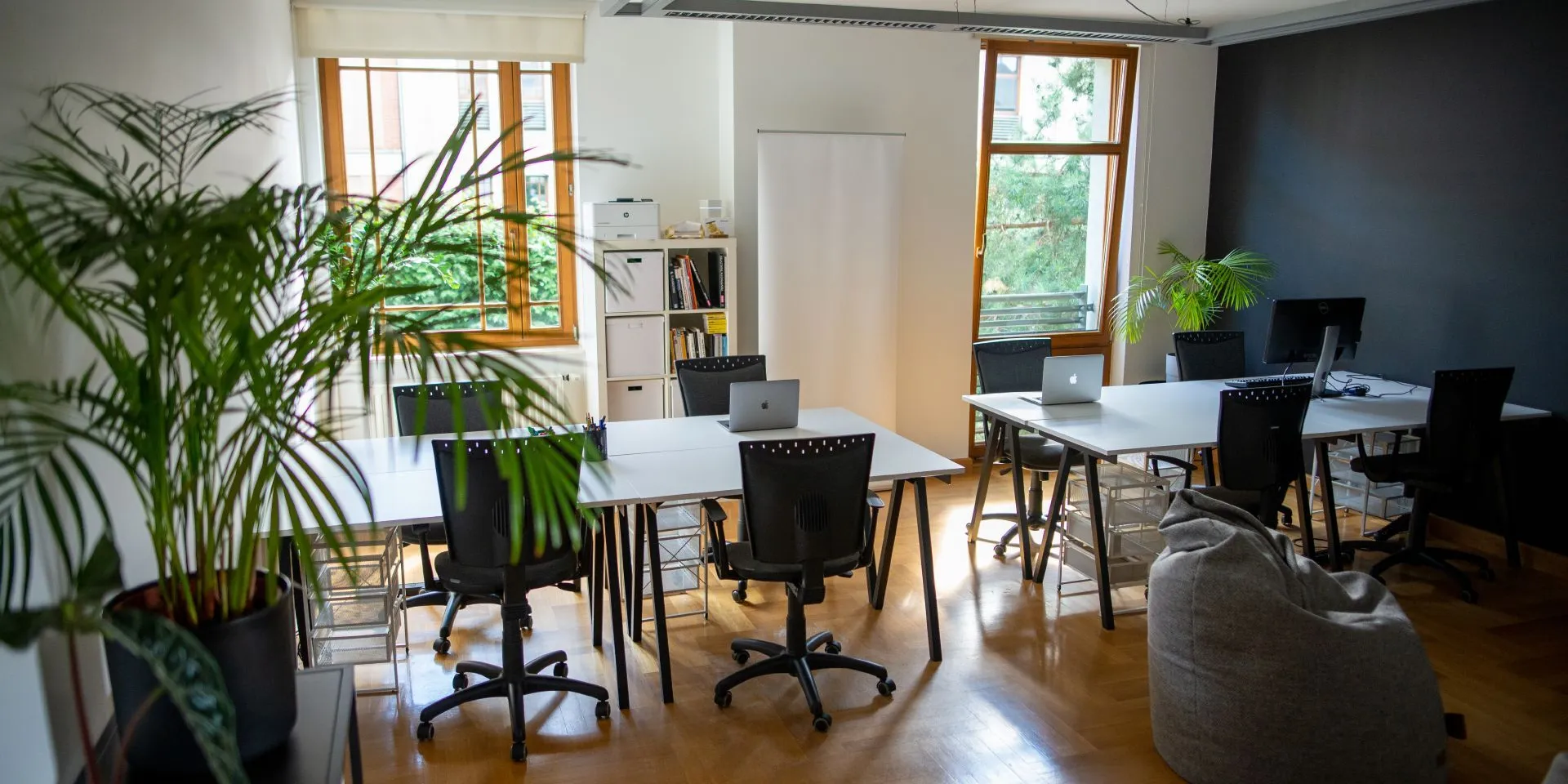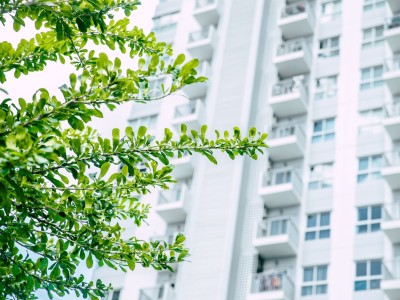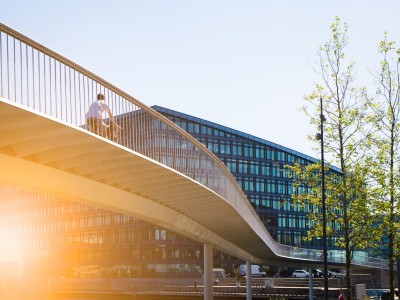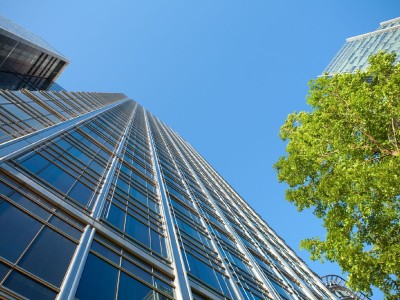You’re visiting Tikkurila website from United Kingdom. Would you like to visit the local UK site?
The role of paints in Green Building
Paints and coatings can contribute to green building standards in several ways by addressing environmental and health concerns.
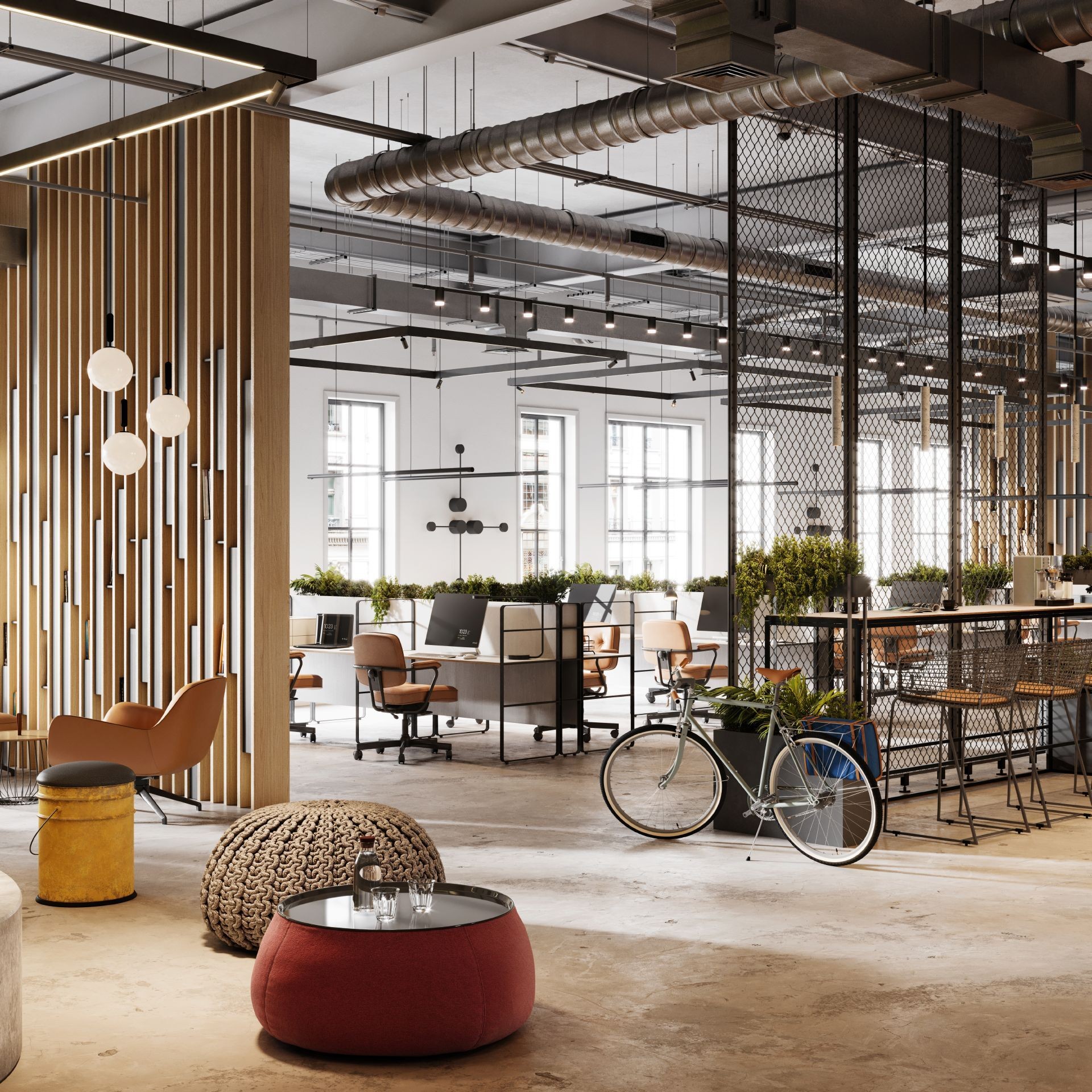
Green building practices aim to reduce the environmental impact of buildings and promote occupant health and well-being.
Firstly, for these green building schemes there is a very strong impetus to have paints that do not compromise the indoor air quality. Green building standards require paints to have low VOC content, both when initially applied and over time. This ensures that the paint does not emit harmful gases that can compromise air quality and the health of building occupants. Secondly, the standards encourage the use of materials with low embodied carbon, reducing greenhouse gas emissions associated with building construction. Read more about LEED and BREEAM as methods to assess a green building in our article.
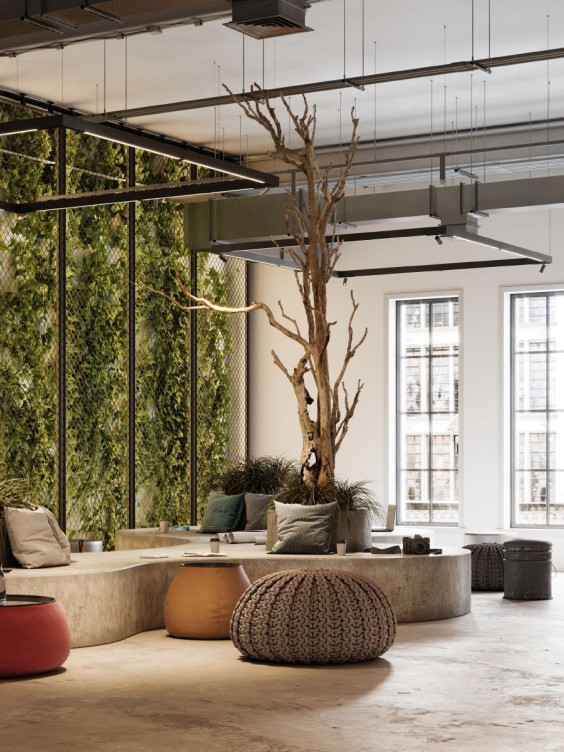
Painting a more sustainable tomorrow
Most Tikkurila interior paints are eco-certified and carry M1 classification, which guarantees extremely low levels of emissions and odours. This makes them excellent choices for use in LEED and BREEAM certified buildings. Tikkurila has M1 approved products for all kinds of surfaces, and many of the product lines come in wide range of colours. We at Tikkurila see M1 as a tool for sustainable, healthy indoor environments.
Green building standards also promote the adoption of renewable and recycled materials, as they have a lesser environmental impact. Environmental Product Declarations (EPDs) are essential for assessing a product's environmental impact, and whole-life cycle analysis utilises this data to understand a building's ecological footprint. In addition, it is important to use the right products and the correct amount of them; following technical guidance and manufacturer specifications is crucial to ensuring optimal performance and longevity of construction materials.
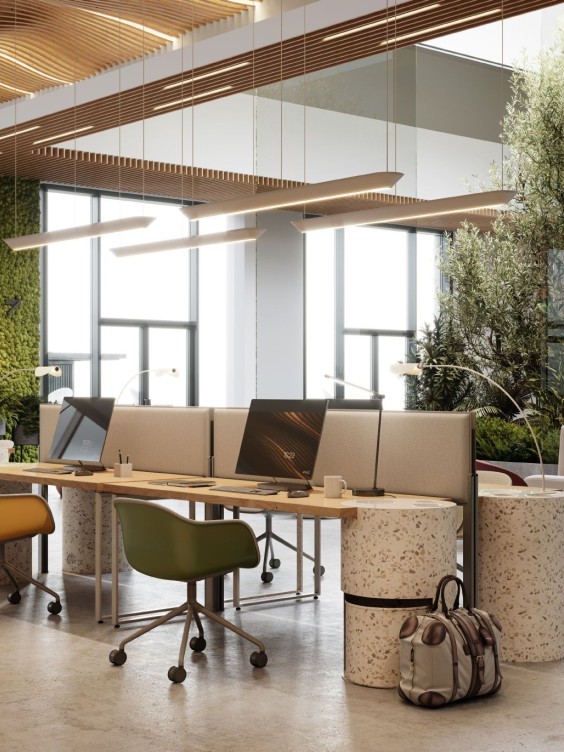
Green Building makes better environments - why use products that meet green building standards
Following green building standards offers a lot of benefits. It is better for people as it prioritises factors like indoor air quality and safety, creating a healthier and more comfortable environment for occupants. It is also advantageous for businesses, enhancing reputation and appealing to environmentally conscious clients.
Green practices can lead to cost savings in the long term by reducing energy consumption and operational maintenance costs. For instance, Tikkurila’s roof paint system Tikkurila ClimateCooler reflects solar radiation, which reduces the building’s energy consumption.
Moreover, adhering to these standards helps minimise the environmental impact, including greenhouse gas emissions and resource conservation, contributing to broader environmental goals.
“The role of paints and coatings in a sustainable building is important. They help in protecting and beautifying surfaces which helps protect substrates, extend their lifespan and reduce the need for more extensive and resource-intensive repairs or replacements.” –Sarah Trowse, PPG’s Customer Sustainability Business Partner
Paints help to score green building points
Different products, such as paint, are not individually certified, but they can contribute points to the overall certification of a construction project. The certification standards are divided into various scoring categories. Each category corresponds to a specific aspect of sustainability and environmental performance. The points are earned based on various factors, such as environmental impact, indoor air quality and the use of products with recognised Environmental Product Declarations (EPDs). The goal is to achieve a certain score or percentage of points to attain a particular level of certification. Selecting a paint or coating suitable for green building always depends on the project and the environmental certificate used. Besides the international BREEAM, LEED and WELL certificates there is a large market of local green building certificates and classifications. All these green building rating systems are point-based.
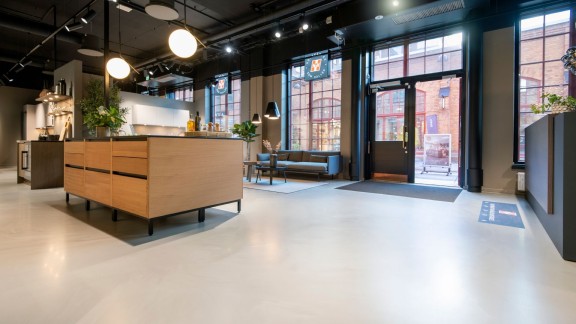
Interior spaces
For walls and ceilings, Tikkurila has many eco-labelled and M1-certified paints to create a better living standard: Harmony, Luja, Nova and Ässä lines. Tikkurila Harmony Clean Air is designed to improve air quality. It is a full-matt interior paint with innovative air-purifying technology that reduces the level of harmful formaldehyde from indoor air.
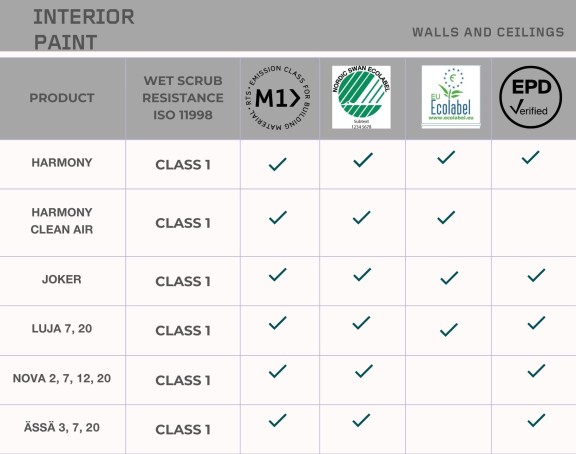
Harmony Clean Air
Full-matt interior paint with innovative air purifying technology that reduces the level of harmful formaldehyde from indoor air.
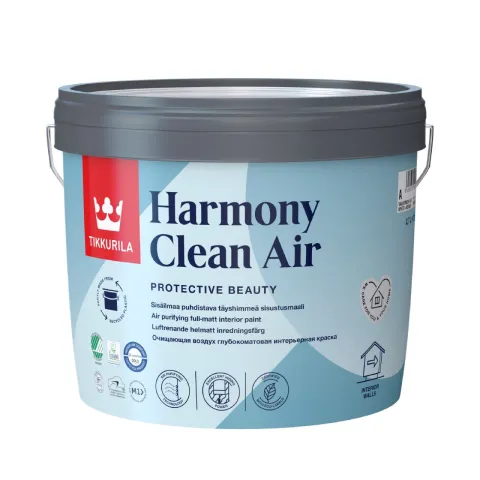
For floors Tikkurila offers high-performance coatings with excellent durability for example for car parks, residential and commercial buildings and public spaces. Especially for concrete floors in interior and exterior spaces Tikkurila has a wide range of paints, lacquers, coatings and screeds, all of which are safe, durable and aesthetic. The popular interior systems are water-borne and M1-classified systems that meet the strictest emissions requirements, ensuring good indoor air quality and making it suitable for green building projects: Cozy floor, Fontefloor EP 3000, Temafloor 500M and Temafloor 5000M.
Fontefloor EP 3000
A two-component, waterborne self-levelling epoxy screed builds up to a beautiful seamless, self-levelling matt finish on the floor.
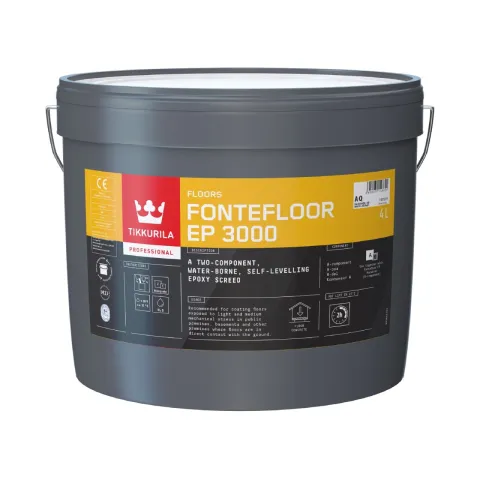
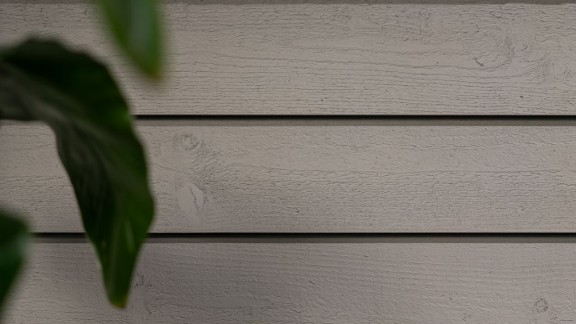
Exterior surfaces
Tikkurila has long been making wooden surfaces more durable and beautiful. Tikkurila’s high-quality semi-matt paint for wooden houses: Ultra Classic has been developed using accelerated tests to withstand harsh weather conditions. The production process supports Tikkurila’s ambition to reduce carbon footprint. The Nordic Swan label guarantees that paint is a sustainable and durable choice.
For exterior wood surfaces translucent treatment Valtti Plus Color bio-based wood stain has been specially developed to withstand the demands of the Nordic climate. For terrace treatment Tikkurila has for instance Valtti Plus Terrace Oil which is durable bio-based exterior wood oil with UV protection and special pigments. In the product, 75% of total organic carbon is replaced with bio-based ingredients.
